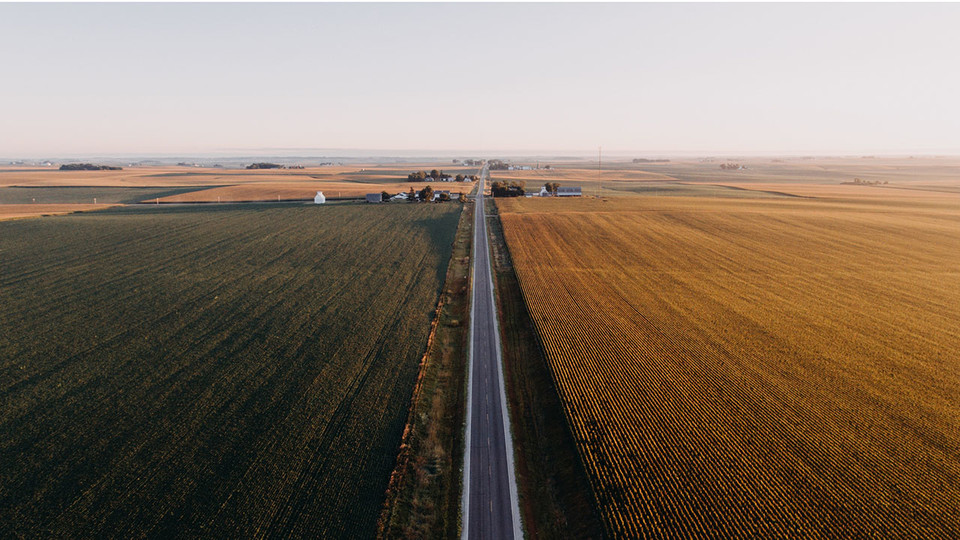· 2 min read
Nebraska ag land values increase for first time since 2014

Nebraska agricultural land values increased 3% over the last year to a statewide average of $2,650 per acre, according to preliminary results from the University of Nebraska–Lincoln’s Farm Real Estate Market Survey. This marks the first year-to-year increase since land values in the state peaked at $3,315 per acre in 2014.
Survey participants reported that economic forces providing stability in the market included the limited supply of land for sale, strong demand for purchases, and disaster-assistance payments over the last year.
Estimated dryland cropland values in the state rose between 3% and 4%, while the values of gravity- and center-pivot-irrigated cropland rose 2% and 3%, respectively. However, the northwest and southwest districts saw declines between 2% and 5% for the two land classes.
Grazing land and hayland value estimates also rose between 2% and 5% over the last year, with slight declines in two districts. Major cow-calf pair regions, including the northwest, north and central districts, led the increase in market values, with growth between 6% and 8%.
The survey also revealed a high degree of concern between many landlords and tenants when working to agree on an equitable rental rate, generally attributed to landlords facing high property taxes and producers facing low commodity prices.
The Farm Real Estate Market Survey is an annual survey of land professionals, including appraisers, farm and ranch managers, and agricultural bankers. Results from the survey are divided by land class and agricultural statistic districts. Land values and rental rates presented in the report are averages of survey participants’ responses by district. Actual land values and rental rates may vary depending upon the quality of the parcel and local market for an area. Preliminary land values and rental rates are subject to change as additional surveys are returned.
The preliminary report was released in the Department of Agricultural Economics’ weekly Cornhusker Economics newsletter and is available here. Final results from the survey are expected to be published in early June.







